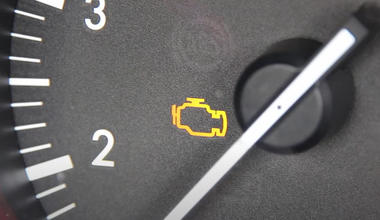
What is an on-board diagnostic (OBD) system?
Your car contains a huge number of different systems, and they all need to work in harmony to ensure proper operation. There must be a way to monitor your ignition and emissions systems, and on-board diagnostics (OBD) is the computer that keeps track of what's going on with your car.
What does the OBD system do
Simply put, the OBD system is an on-board computer that communicates with other systems, including the ECU, TCU, and others. It monitors the performance of your ignition system, engine performance, transmission performance, emissions system performance and more. Based on feedback from sensors around the vehicle, the OBD system determines if everything is working correctly or if something is starting to go wrong. It's advanced enough to alert drivers before a major problem occurs, often at the first sign of a failed component.
When the OBD system detects a problem, it turns on a warning light on the dashboard (usually the check engine light) and then stores a trouble code (called a DTC or Diagnostic Trouble Code). A mechanic can plug a scanner into the OBD II socket under the dash and read this code. This provides the information needed to start the diagnostic process. Note that reading the code does not necessarily mean that the mechanic will immediately know what went wrong, but that the mechanic has a place to start looking.
It should be noted that the OBD system also determines if your vehicle will pass the emissions test. If the Check Engine light is on, your vehicle will fail the test. There is also a chance that it will not pass even if the Check Engine light is off.